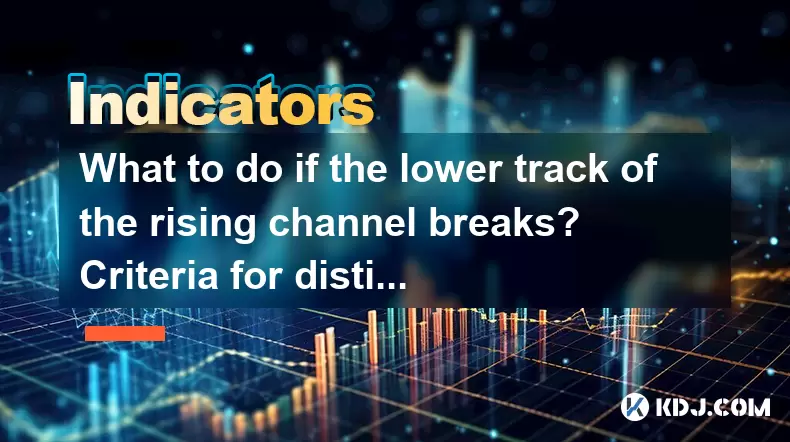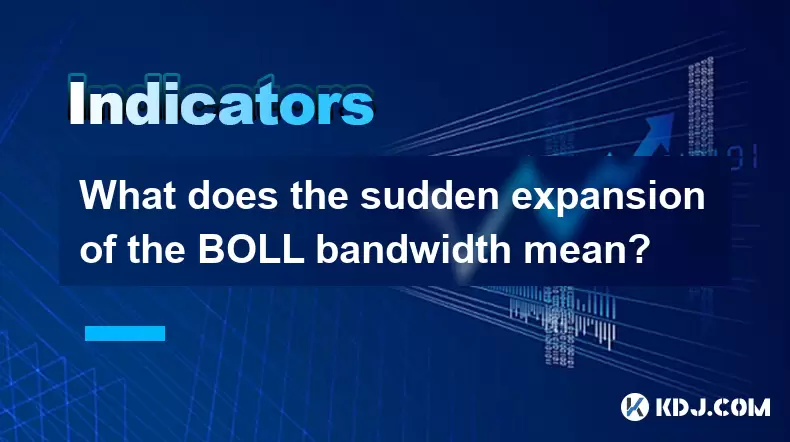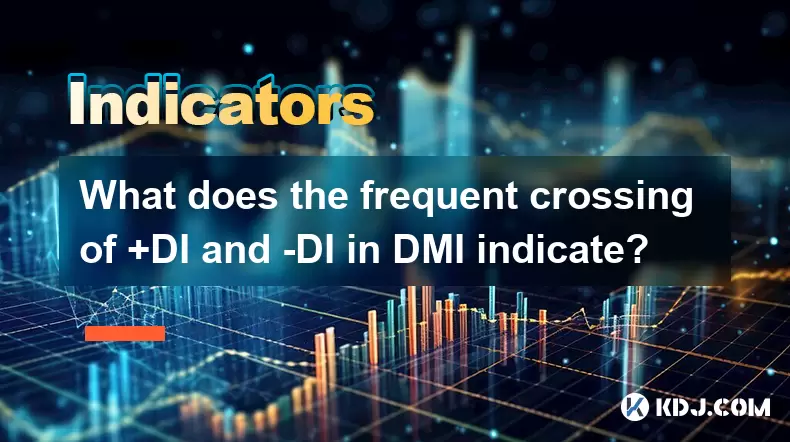-
 Bitcoin
Bitcoin $106,754.6083
1.33% -
 Ethereum
Ethereum $2,625.8249
3.80% -
 Tether USDt
Tether USDt $1.0001
-0.03% -
 XRP
XRP $2.1891
1.67% -
 BNB
BNB $654.5220
0.66% -
 Solana
Solana $156.9428
7.28% -
 USDC
USDC $0.9998
0.00% -
 Dogecoin
Dogecoin $0.1780
1.14% -
 TRON
TRON $0.2706
-0.16% -
 Cardano
Cardano $0.6470
2.77% -
 Hyperliquid
Hyperliquid $44.6467
10.24% -
 Sui
Sui $3.1128
3.86% -
 Bitcoin Cash
Bitcoin Cash $455.7646
3.00% -
 Chainlink
Chainlink $13.6858
4.08% -
 UNUS SED LEO
UNUS SED LEO $9.2682
0.21% -
 Avalanche
Avalanche $19.7433
3.79% -
 Stellar
Stellar $0.2616
1.64% -
 Toncoin
Toncoin $3.0222
2.19% -
 Shiba Inu
Shiba Inu $0.0...01220
1.49% -
 Hedera
Hedera $0.1580
2.75% -
 Litecoin
Litecoin $87.4964
2.29% -
 Polkadot
Polkadot $3.8958
3.05% -
 Ethena USDe
Ethena USDe $1.0000
-0.04% -
 Monero
Monero $317.2263
0.26% -
 Bitget Token
Bitget Token $4.5985
1.68% -
 Dai
Dai $0.9999
0.00% -
 Pepe
Pepe $0.0...01140
2.44% -
 Uniswap
Uniswap $7.6065
5.29% -
 Pi
Pi $0.6042
-2.00% -
 Aave
Aave $289.6343
6.02%
What to do if the lower track of the rising channel breaks? Criteria for distinguishing true and false breakouts
When the lower track of a rising channel breaks, reassess market context, check volume, and use other indicators to determine if it's a true or false breakout before acting.
May 28, 2025 at 11:22 pm

In the dynamic world of cryptocurrency trading, understanding chart patterns and their implications is crucial for making informed trading decisions. One such pattern is the rising channel, which can signal a bullish trend. However, when the lower track of this channel breaks, it can create uncertainty and confusion among traders. This article will explore what to do when the lower track of a rising channel breaks and provide criteria for distinguishing between true and false breakouts.
Understanding the Rising Channel
A rising channel is a technical analysis pattern formed by drawing two parallel trendlines that connect the highs and lows of a price chart. The upper trendline connects the peaks, while the lower trendline connects the troughs. This pattern indicates that the price is trending upwards within a defined range, and it is considered a bullish signal.
When the price breaks below the lower track of the rising channel, it suggests that the bullish trend might be losing momentum, and a potential reversal could be on the horizon. Traders need to assess this break carefully to determine whether it is a true breakout or a false one.
Immediate Actions After a Lower Track Break
When the lower track of a rising channel breaks, traders should take the following immediate actions:
- Reassess the Market Context: Look at the broader market conditions to understand if the break is part of a larger trend change or just a temporary dip.
- Check for Volume: A true breakout is often accompanied by increased trading volume. If the volume is low, it might be a false breakout.
- Review Other Indicators: Use other technical indicators like the Relative Strength Index (RSI) or Moving Average Convergence Divergence (MACD) to confirm the breakout.
- Set a Watchful Stance: Instead of immediately selling, set a watch period to see if the price will bounce back within the channel or continue to fall.
Criteria for Distinguishing True and False Breakouts
Distinguishing between true and false breakouts is essential for effective trading. Here are the key criteria to consider:
- Duration of the Break: A true breakout tends to be sustained over a longer period. If the price quickly returns to the channel, it is likely a false breakout.
- Volume Analysis: As mentioned earlier, a true breakout is typically accompanied by higher volume. Monitor the volume closely to gauge the strength of the breakout.
- Price Action Post-Breakout: Observe the price action after the breakout. If the price continues to move away from the channel, it's more likely a true breakout. If it stalls or reverses, it might be a false one.
- Confirmation from Other Indicators: Use additional technical indicators to confirm the breakout. For instance, if the RSI shows overbought conditions before the break, it might be a false breakout.
Strategies for Trading After a Lower Track Break
Once you have assessed whether the break is true or false, you can implement the following strategies:
- If It's a True Breakout: Consider selling your positions or entering short trades. Place stop-loss orders above the breakout point to manage risk.
- If It's a False Breakout: Look for buying opportunities as the price is likely to return to the channel. Set buy orders near the lower track, and use stop-loss orders below the recent low to protect against further downside.
Technical Analysis Tools for Confirmation
To enhance your analysis and decision-making process, consider using the following technical analysis tools:
- Moving Averages: Use moving averages to identify the overall trend. If the price remains above the moving average, the bullish trend might still be intact despite the lower track break.
- Bollinger Bands: Bollinger Bands can help identify volatility and potential breakouts. If the price breaks below the lower Bollinger Band, it might confirm a true breakout.
- Fibonacci Retracement Levels: These levels can provide potential support and resistance zones. If the price bounces back from a key Fibonacci level, it might indicate a false breakout.
Psychological Aspects of Trading Breakouts
Trading breakouts can be emotionally challenging, especially when it involves a potential trend reversal. Here are some psychological aspects to consider:
- Patience and Discipline: Avoid making impulsive decisions based on a single break. Wait for confirmation and stick to your trading plan.
- Risk Management: Always use stop-loss orders to manage risk, regardless of whether you believe the breakout is true or false.
- Emotional Control: Keep your emotions in check. Fear and greed can cloud judgment and lead to poor trading decisions.
Case Studies of Rising Channel Breakouts
To illustrate the concepts discussed, let's look at a couple of case studies from the cryptocurrency market:
- Bitcoin (BTC) Case Study: In early 2021, Bitcoin was in a rising channel. When the price broke the lower track in May, it initially seemed like a false breakout as the price quickly returned to the channel. However, the break was accompanied by high volume and confirmed by other indicators, leading to a true breakout and a significant price decline.
- Ethereum (ETH) Case Study: In mid-2020, Ethereum experienced a lower track break from a rising channel. The break was short-lived, and the price quickly rebounded, indicating a false breakout. Traders who recognized this could have entered long positions at a favorable price.
Frequently Asked Questions
Q: How can I improve my skills in identifying true and false breakouts?
A: To improve your skills, practice analyzing historical charts and backtesting your strategies. Use a combination of technical indicators and volume analysis to enhance your decision-making process. Additionally, keep a trading journal to track your performance and learn from your mistakes.
Q: What are some common mistakes traders make when dealing with rising channel breakouts?
A: Common mistakes include reacting too quickly to a break without waiting for confirmation, ignoring volume analysis, and not using stop-loss orders to manage risk. Traders also often let emotions drive their decisions, leading to poor trade execution.
Q: Can rising channel breakouts be predicted in advance?
A: While it's challenging to predict breakouts with certainty, you can increase your chances by monitoring key technical levels, volume, and other indicators. Pay attention to market sentiment and news that could influence price movements.
Q: How important is it to consider the broader market context when analyzing a rising channel breakout?
A: It's crucial to consider the broader market context as it can provide valuable insights into whether the breakout is part of a larger trend change or just a temporary fluctuation. Analyzing the overall market trend, sector performance, and macroeconomic factors can help you make more informed trading decisions.
Disclaimer:info@kdj.com
The information provided is not trading advice. kdj.com does not assume any responsibility for any investments made based on the information provided in this article. Cryptocurrencies are highly volatile and it is highly recommended that you invest with caution after thorough research!
If you believe that the content used on this website infringes your copyright, please contact us immediately (info@kdj.com) and we will delete it promptly.
- Pi Coin Price Bulls: Navigating the Crossroads After Mainnet Launch
- 2025-06-21 18:45:12
- ZachXBT, Bitcoin Bridges, and Garden Finance: A Deep Dive
- 2025-06-21 18:25:11
- BTC Recovery, Bearish Sentiment, and Trader Impatience: Navigating the Crypto Maze
- 2025-06-21 18:25:11
- SUI Price Wobbles Amid Crypto Slump: Opportunity or Omen?
- 2025-06-21 18:45:12
- Worldcoin Price Prediction: Will WLD Stage a Comeback?
- 2025-06-21 19:05:11
- Cardano's Crossroads: Market Sentiment, Slides, and a Glimmer of Hope
- 2025-06-21 19:05:11
Related knowledge

Does the sudden contraction of ATR indicate the end of the trend?
Jun 20,2025 at 11:14pm
Understanding ATR and Its Role in Technical AnalysisThe Average True Range (ATR) is a technical indicator used to measure market volatility. Developed by J. Welles Wilder, ATR calculates the average range of price movement over a specified period, typically 14 periods. It does not indicate direction—only volatility. Traders use ATR to gauge how much an ...

Is it invalid if the DMI crosses but the ADX does not expand?
Jun 21,2025 at 09:35am
Understanding the DMI and ADX RelationshipIn technical analysis, the Directional Movement Index (DMI) consists of two lines: +DI (Positive Directional Indicator) and -DI (Negative Directional Indicator). These indicators are used to determine the direction of a trend. When +DI crosses above -DI, it is often interpreted as a bullish signal, while the opp...

Is the trend continuation when the Williams indicator is oversold but there is no rebound?
Jun 20,2025 at 11:42pm
Understanding the Williams %R IndicatorThe Williams %R indicator, also known as the Williams Percent Range, is a momentum oscillator used in technical analysis to identify overbought and oversold levels in price movements. It typically ranges from 0 to -100, where values above -20 are considered overbought and values below -80 are considered oversold. T...

What does the sudden expansion of the BOLL bandwidth mean?
Jun 21,2025 at 01:49pm
Understanding the BOLL IndicatorThe BOLL (Bollinger Bands) indicator is a widely used technical analysis tool in cryptocurrency trading. It consists of three lines: a simple moving average (SMA) in the center, with upper and lower bands calculated based on standard deviations from that SMA. These bands dynamically adjust to price volatility. When trader...

Is the golden cross of the ROC indicator below the zero axis effective?
Jun 20,2025 at 09:42pm
Understanding the ROC Indicator and Its Role in Cryptocurrency TradingThe Rate of Change (ROC) indicator is a momentum oscillator widely used by traders to assess the speed at which cryptocurrency prices are changing. It measures the percentage difference between the current price and the price from a certain number of periods ago. The ROC helps identif...

What does the frequent crossing of +DI and -DI in DMI indicate?
Jun 21,2025 at 05:14pm
Understanding the DMI and Its ComponentsThe Directional Movement Index (DMI) is a technical analysis tool used to identify the strength and direction of a trend. It consists of two lines: +DI (Positive Directional Indicator) and -DI (Negative Directional Indicator), along with the ADX (Average Directional Index) line which measures trend strength. In cr...

Does the sudden contraction of ATR indicate the end of the trend?
Jun 20,2025 at 11:14pm
Understanding ATR and Its Role in Technical AnalysisThe Average True Range (ATR) is a technical indicator used to measure market volatility. Developed by J. Welles Wilder, ATR calculates the average range of price movement over a specified period, typically 14 periods. It does not indicate direction—only volatility. Traders use ATR to gauge how much an ...

Is it invalid if the DMI crosses but the ADX does not expand?
Jun 21,2025 at 09:35am
Understanding the DMI and ADX RelationshipIn technical analysis, the Directional Movement Index (DMI) consists of two lines: +DI (Positive Directional Indicator) and -DI (Negative Directional Indicator). These indicators are used to determine the direction of a trend. When +DI crosses above -DI, it is often interpreted as a bullish signal, while the opp...

Is the trend continuation when the Williams indicator is oversold but there is no rebound?
Jun 20,2025 at 11:42pm
Understanding the Williams %R IndicatorThe Williams %R indicator, also known as the Williams Percent Range, is a momentum oscillator used in technical analysis to identify overbought and oversold levels in price movements. It typically ranges from 0 to -100, where values above -20 are considered overbought and values below -80 are considered oversold. T...

What does the sudden expansion of the BOLL bandwidth mean?
Jun 21,2025 at 01:49pm
Understanding the BOLL IndicatorThe BOLL (Bollinger Bands) indicator is a widely used technical analysis tool in cryptocurrency trading. It consists of three lines: a simple moving average (SMA) in the center, with upper and lower bands calculated based on standard deviations from that SMA. These bands dynamically adjust to price volatility. When trader...

Is the golden cross of the ROC indicator below the zero axis effective?
Jun 20,2025 at 09:42pm
Understanding the ROC Indicator and Its Role in Cryptocurrency TradingThe Rate of Change (ROC) indicator is a momentum oscillator widely used by traders to assess the speed at which cryptocurrency prices are changing. It measures the percentage difference between the current price and the price from a certain number of periods ago. The ROC helps identif...

What does the frequent crossing of +DI and -DI in DMI indicate?
Jun 21,2025 at 05:14pm
Understanding the DMI and Its ComponentsThe Directional Movement Index (DMI) is a technical analysis tool used to identify the strength and direction of a trend. It consists of two lines: +DI (Positive Directional Indicator) and -DI (Negative Directional Indicator), along with the ADX (Average Directional Index) line which measures trend strength. In cr...
See all articles

























































































